Aptly named Picea glauca- Picea derived from the Latin word pix (meaning pitch) in reference to the sticky resin typically found on spruce bark and glauca derived from the Greek word glaukos (meaning milky or grayish) in reference to the waxy whitish substance that develops on mature spruce needles- the white spruce has played a very important role in Canadian history.
It was one of the first conifers to reappear after glaciers began to retreat about 125,000 years ago. In the 1960’s, when the Christmas tree industry grew, the white spruce became a top choice.
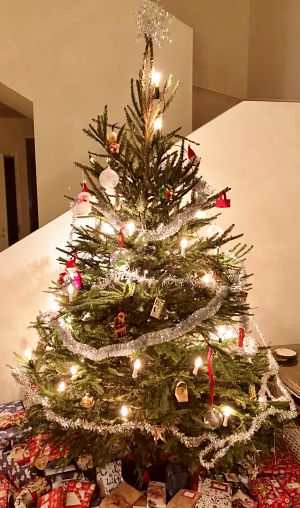
Fast track to 1991 and the white spruce assumed the role of Manitoba’s provincial tree for its extensive geographic range and contribution to the local landscape. Today, while white spruce wood is commercially important for building homes and musical instruments, they are also plentiful across the Canadian landscape as specimen trees, hedges or windbreaks on residential properties, and along streets and seashores, due to their salt tolerance.
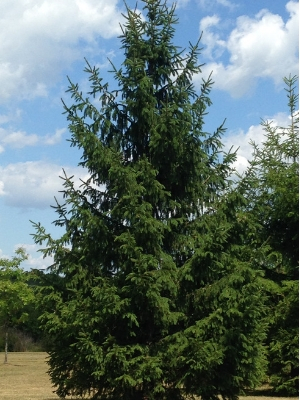
The white spruce has also been used in many ways over time. The wood of the white spruce was traditionally used to construct bridges, housing structures, canoes, and paddles. Once decayed or rotted, the wood was then used to make yellow dyes for tanning. The inner bark was dried, ground, and added to flour and the outer bark was used to make cooking pots and baskets for gathering. The roots were either eaten to treat stomach pain or used to make laces and cords for sewing together bark for canoes.
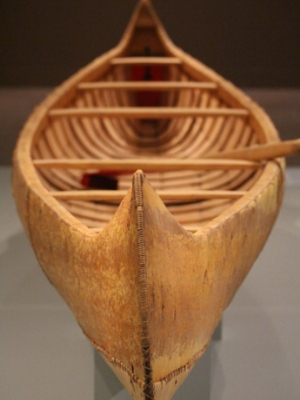
Young branches were sometimes stripped of their needles and boiled to create emergency food due to the high vitamin C content. The needles were used for bedding and to make tea to treat scurvy, and young spruce tips were used to make jelly as they have a citrus flavour. The resin is the most versatile part of the tree and was used in many ways. It was often combined with fat or grease to make a glue that kept canoes watertight; it was boiled to make a salve to treat skin inflammation including insect bites, cuts, burns, and rashes; it was chewed to treat sore throats and digestion issues; and it was used as a plaster for setting broken bones.
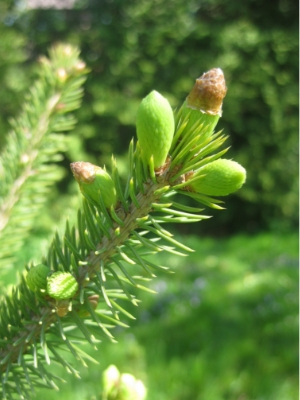
The white spruce’s appearance also holds aesthetic value. Its tall, pyramidal, broadly conical crown and upward, spreading branches make it a stately tree. The white spruce is an evergreen tree, meaning it keeps its needles year round, and all of them are borne singly along all sides of the twigs (although they are often crowded along the upper side). They are short, sharp, and square in cross-section and are usually a blueish-green colour but become glaucous (whitish) with age. When crushed, the needles often produce a skunky or cat urine smell, which is why it is also known as the cat spruce or skunk spruce. Young bark is yellowish-brown and slightly rough and matures to a grey-brown with a more scaly texture. Young cones are light green in colour but mature to brown and are often found towards the ends of branches.
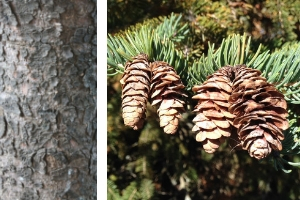
If you are looking to add a bit of culture, history, or even aesthetic beauty to your yard, check out our website to set up a consultation with one of our arborists this spring, and you can be the next to add a legacy tree to your neighbourhood!
Brenna Anstett is an ISA certified arborist and the Residential Planting Programs Manager at LEAF.
The Backyard Tree Planting Program is supported by the City of Toronto, the Regional Municipality of York, Toronto Hydro, the Town of Newmarket and the Town of Ajax.
